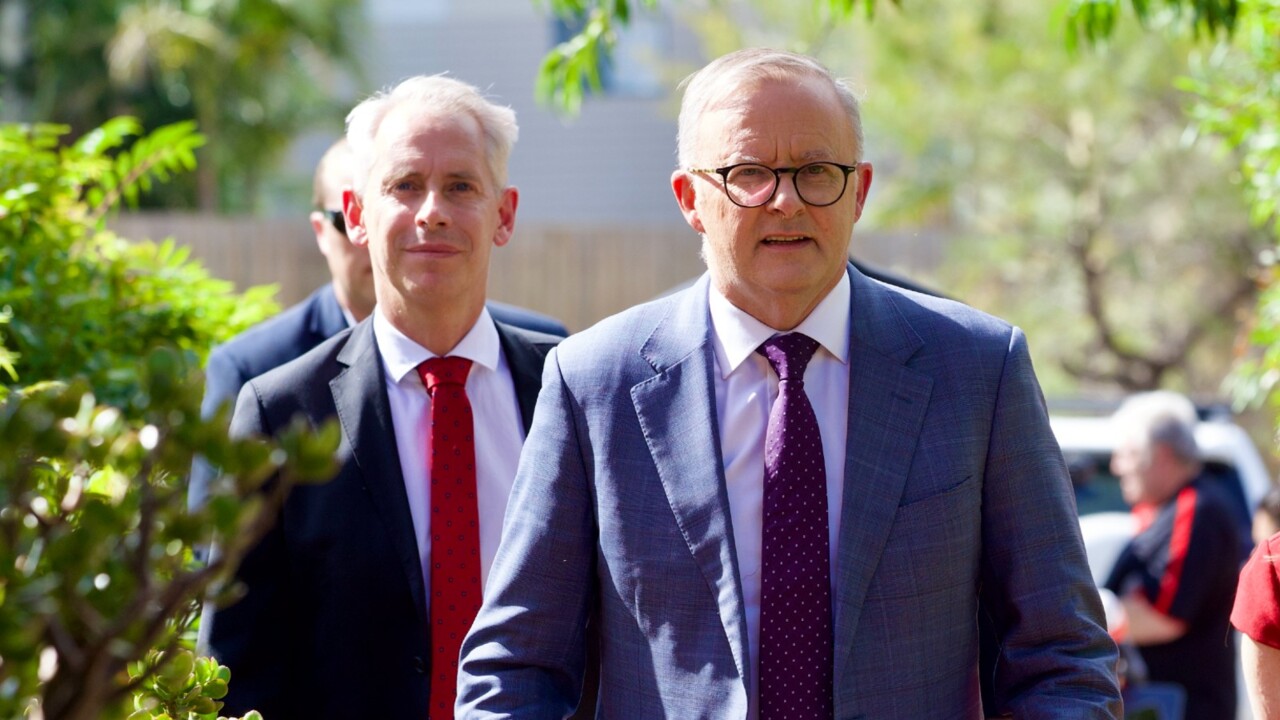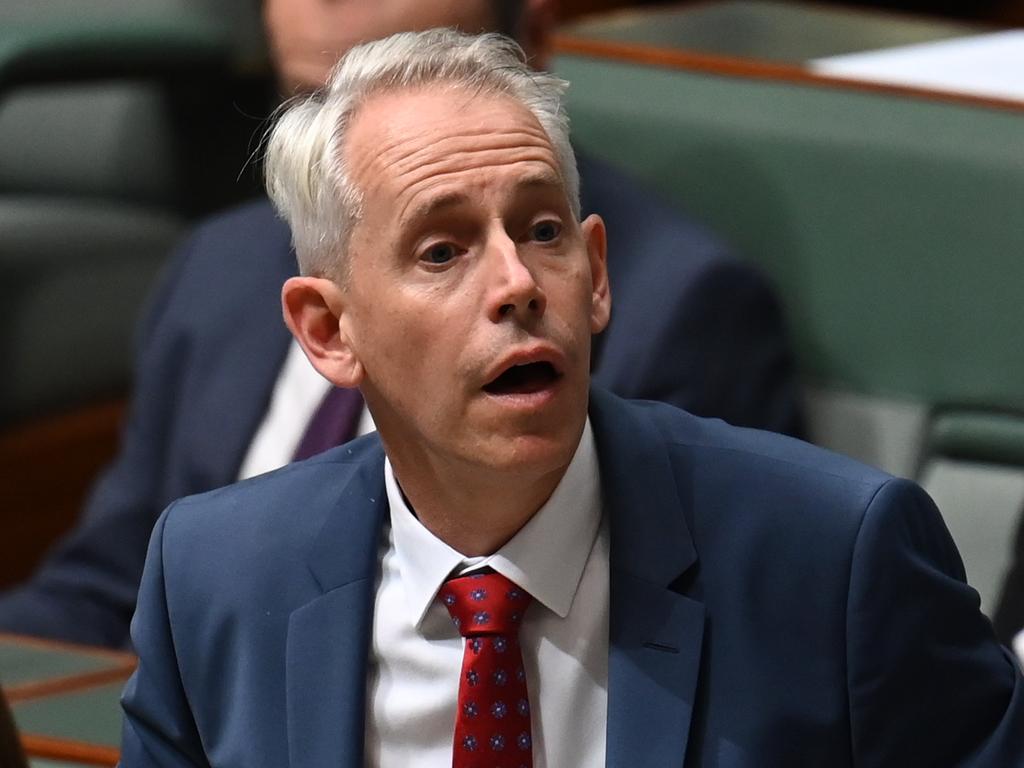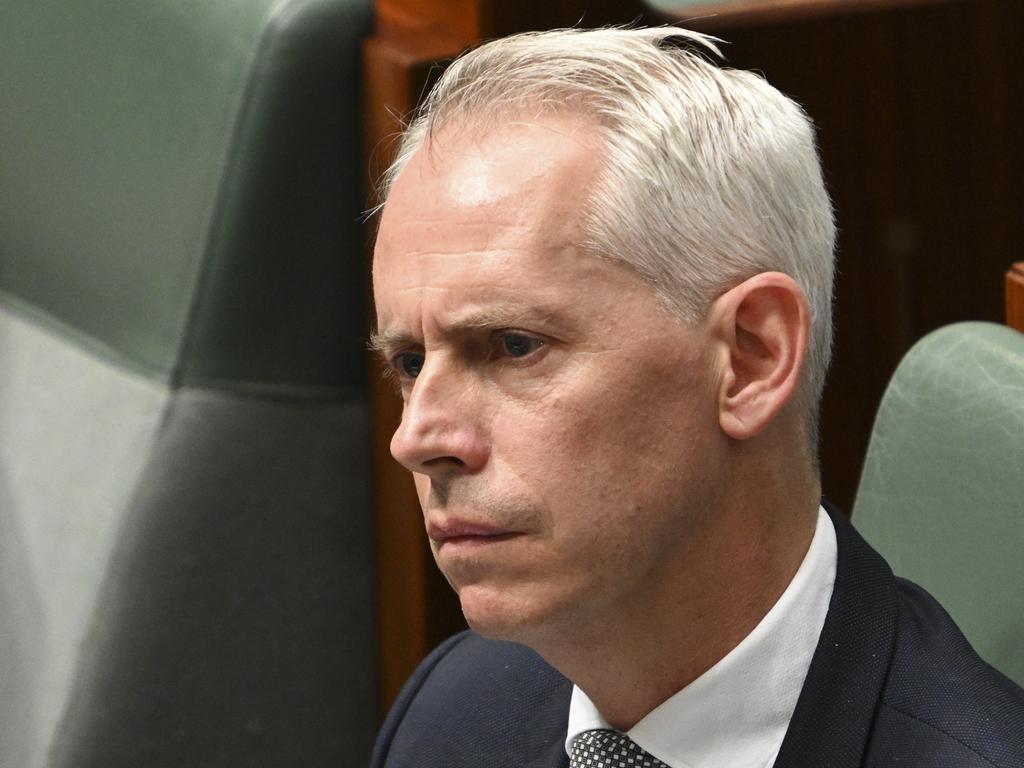Dangerous detainees a legal quagmire and political minefield
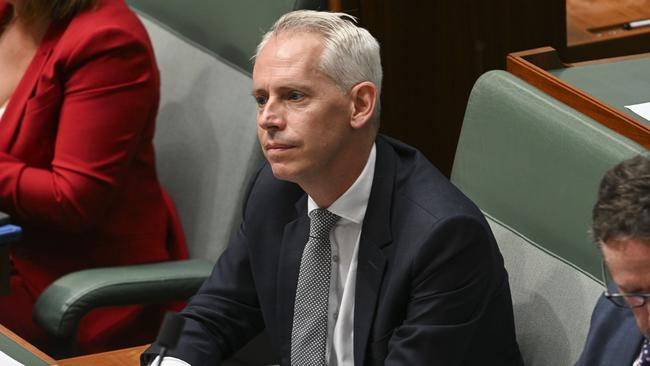
My father was a very cynical journalist. He used to say that if you showed him a person with a simple solution to a complex problem, he would show you a fool or a liar or both.
Never has this been truer than in the controversy over the release of dangerous detainees. In the wake of the High Court’s decision, politicians and lawyers have vied for inanity. There are two extreme camps, and not much in between. The first is the “hang ’em high” brigade. Regardless of constitutional precepts, practicality or process, thoroughly rotten detainees should be locked up forever, like the Man in the Iron Mask.
This simplistic myopia is matched only by the “let ’em loose” push. These soulful optimists believe that no matter how awful a detainee’s past record, principle demands they should roam our streets – feral but free. In reality, any Australian government will find itself in an excruciating position. What do you do with an illegal immigrant with a record to match Caligula, who you want to deport, but will not be accepted by any other country?
The situation itself is entirely understandable. What nation state wants an import business in hardened criminals? But for the Albanese government, there’s the rub. If they keep these people locked up, not only will lawyers and Greta Thunberg demand their release, but constitutional principles will be flouted. Under our British philosophy of justice, you simply cannot lock people up forever without judicial warrant.
On the other hand, if you release murderers and rapists, you put at risk the safety of the public. Worse, you will be slaughtered in the media, reviled by the public and quite possibly lose the next election.
The issue of constitutional principle is a real one, often overlooked by conservatives who should at least recognise it. We literally killed kings to prevent arbitrary imprisonment. The fact the person concerned is a vicious criminal does not change the constitutional principle of imprisonment only by due process of law.
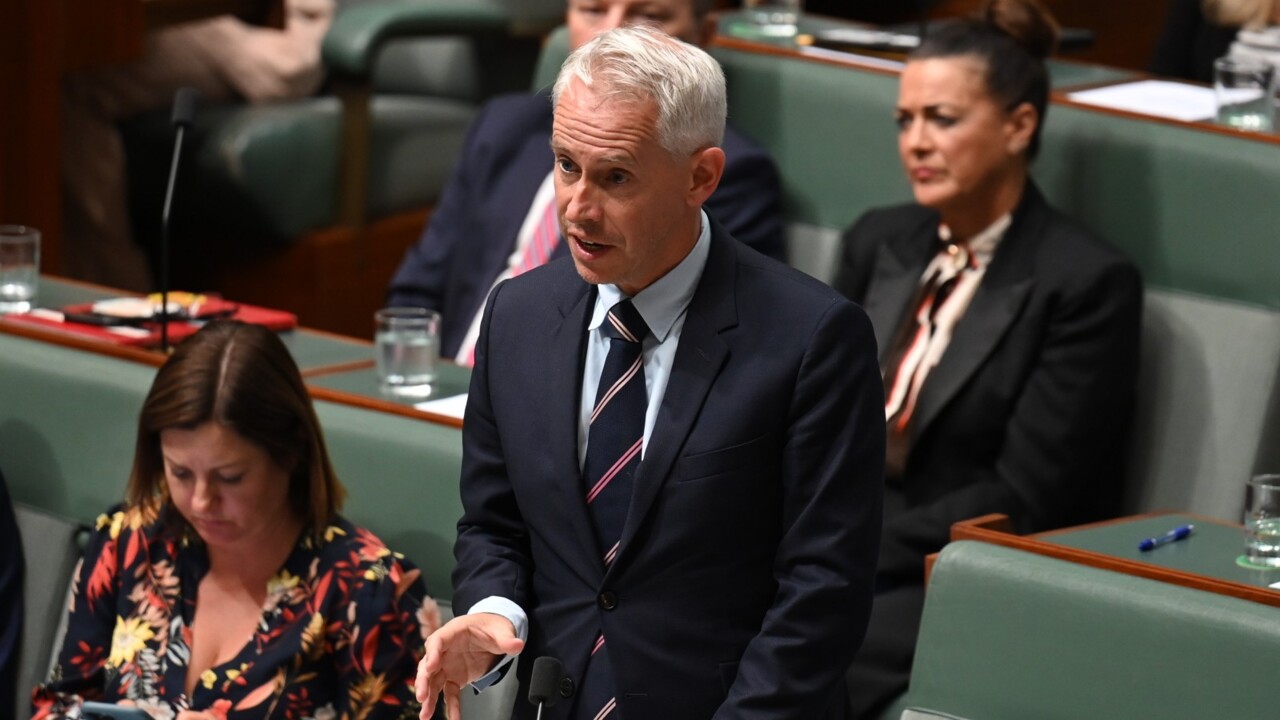
We should not pretend that our record is perfect here. In the 1990s, John Cain’s Labor government in Victoria enacted legislation that allowed the extended imprisonment of a single person, a man named Garry David.
David was a nasty beast with an alarming record of threatened violence, and a fetish for cutting off bits of himself. When his original sentence expired, the government was not prepared to release him. So he stayed locked up under his own special law.
Stirringly satisfying for the public (and the polls), but think of the implications. If one man can be arbitrarily locked up for one reason, why cannot another be locked up for a different reason? Perhaps there are people out there expressing “dangerous” political opinions that would imperil society. This was the system of the French kings, who used an executive “letter de cachet” to imprison named people they did not like. Rightly, we have despised that practice for centuries. All of which is great stuff, but it never will be much comfort to a government trying to keep killers off the street.
The Albanese government’s solution was to take a deep breath, and keep unreturnable detainees in custody until some other country cracked. If that did not happen – and in many cases it never would – they were there for good.
This was the same “solution” used by other governments, notably the Coalition led by Scott Morrison. The problem for the current government was not a lack of will, but a judicial exocet. The High Court effectively ruled that this type of indefinite executive detention constituted imprisonment without judicial process, and violated the constitutional separation of powers.
Given our constitutional traditions, this was no judicial romp. But attempts to blame the government because it “had been warned” or was slack in not having remedial legislation ready to run are silly.
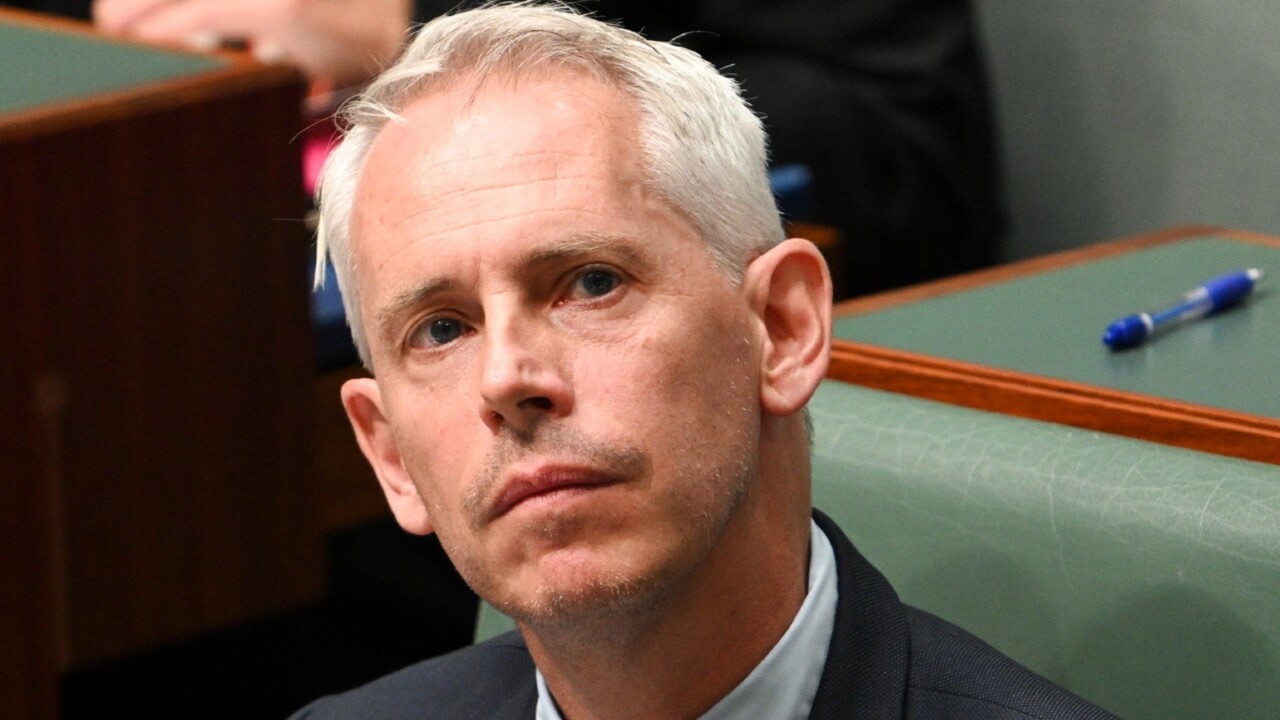
Yes, Justice Jacqueline Gleeson let loose some judicial mutterings about the former legislation, but that is par for the course. High Court judges always grumble, but it does not necessarily mean they are going to do anything.
The ready-to-go legislation hypothesis is pure fantasy. Attorney-General Mark Dreyfus could not possibly have had some detailed solution crafted before there was a chance even to read the decision of the High Court. There were multiple variants of judicial reasoning that could have released detainees, and any legislation would need to respond to the precise critique by the court.
Now we have new legislation containing sufficient judicial oversight that we will be able to lock up nasty detainees fairly readily, fairly indefinitely, but not quite so promptly as before.
But in the meantime, we have had quite a few murders, sexual offenders and general-purpose thugs roaming our streets, some with electric ankle bracelets, some without. The populace is justifiably nervous. If there is a fair criticism of the Albanese government, it is here. The process for dealing with the newly released criminals certainly seemed shambolic. Then again, a response to a shambles often is a shambles itself.
But forgetting this particular mess, we still are left with the basic question of when we should allow people to be locked up once their sentence has expired. Chronic civil libertarians aside, there always will be a respectable practical argument that some people demonstrably are just too dangerous to release. Nearly all Australian states now have some form of “dangerous offender” legislation, which allows custodial monsters to stay lodged in prison. But legislation such as this always leaves the final decision on whether a person is just that dangerous to a court. The new commonwealth law for exceptionally dangerous detainees is in the same genre.
Yet is not easy to have such a discretion. It is one thing for a judge to imprison someone for what they have done, but to incarcerate them for what they might do is a leap into the gloom.
Then again, a cynic might say the judges have authored this problem. Let them fix it.
More Coverage
